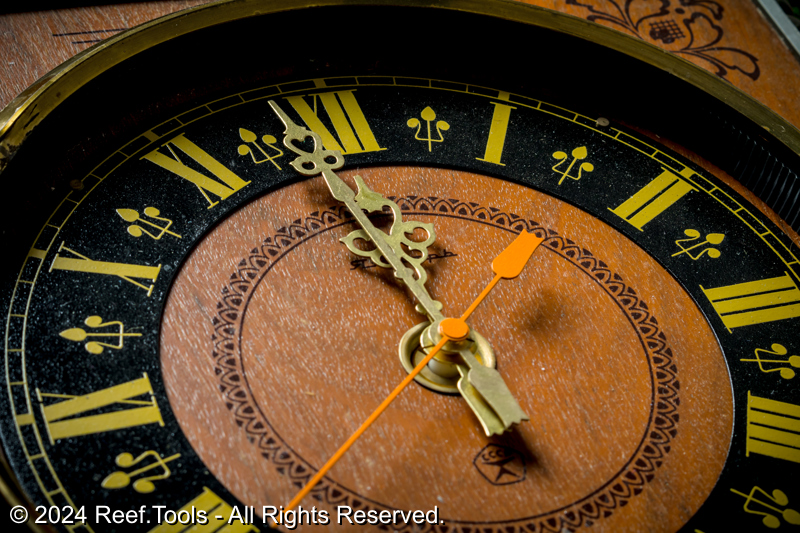Rubidium (Rb)
Alkali Metals
Atomic Number: 37
Last Reviewed: 12/15/2024
Rubidium is a naturally occurring trace element in seawater, with a chemical profile similar to potassium due to its position in the alkali metal group. While it is incorporated into coral skeletons and marine organisms, its biological role and necessity in reef aquariums remain poorly understood.
Natural Seawater Levels
Approximately 120 µg/L in open ocean seawater. (Foster & Martin, 2018)
Risks
Deficiency:
- There is no known biological requirement for rubidium in reef aquariums. Deficiency is highly unlikely to affect corals or other marine organisms.
Excess:
- Elevated rubidium levels could potentially disrupt ionic balances, but there is no scientific evidence suggesting toxicity in marine systems at concentrations slightly above natural seawater levels.
Relevancy
Chemical Behavior:
- Rubidium acts as a non-essential analog to potassium in marine systems. Corals and other marine organisms may incorporate rubidium into their tissues and skeletons due to its ionic similarity to potassium, although this substitution does not appear to be functionally significant.
Potential Role in Corals:
- Rubidium’s incorporation into coral aragonite is likely incidental, with no evidence suggesting it directly impacts coral health, coloration, or skeletal density.
Marine Biogeochemistry:
- Rubidium is present in trace concentrations, influenced by its geochemical behavior and exchange dynamics with potassium.
Ocean Values
| Reference Name | Low | High | Optimal | Unit |
|---|---|---|---|---|
| Red Sea Ocean | 100.0000 | 150.0000 | 120.0000 | µg/L |
| Hawaii Ocean | 100.0000 | 140.0000 | 120.0000 | µg/L |
| Fiji Ocean | 100.0000 | 140.0000 | 120.0000 | µg/L |
Regional Variations
Rubidium concentrations in seawater are relatively consistent globally, with minor variations depending on local geological and environmental factors.
Dosage Recommendations
Target Level: Maintain rubidium at approximately 120 µg/L, consistent with natural seawater.
Adjustment: None required unless pursuing experimental research.
Handling
Testing: Advanced ICP-OES testing is the only practical way to measure rubidium, but it is not a priority for reef-keepers.
Intervention: Intervention is not recommended without definitive evidence of its necessity.
Reef.Tools recommends: Maintain Rubidium (Rb) concentrations between 120.0000 and 160.0000 µg/L.
References
- Bruland, K. W. (1983). "Trace Elements in Seawater." Marine Chemistry. (DOI)
- Foster, G. L., & Martin, T. (2018). "Trace Metal Composition of Seawater." Marine Chemistry. (DOI)
- Palmer, M. R., & Edmond, J. M. (1989). "Rubidium and Cesium in the Ocean." Geochimica et Cosmochimica Acta. (DOI)
- Broecker, W. S., & Peng, T. H. (1982). "Marine Chemistry and Trace Elements." Limnology and Oceanography. (DOI)
Difficulty
Rating: Easy
The lack of reliable testing methods and limited understanding of rubidium's role in marine ecosystems make its management in reef aquariums complex.
Categorization
Element Type: Alkali Metal
Role: Trace Element (Non-essential)
Not Usually Deficient
Natural rubidium levels are maintained through water changes and have no defined critical threshold for marine life.
Not Essential
Rubidium has no known biological or physiological necessity for reef organisms.
Aliases
Rb
